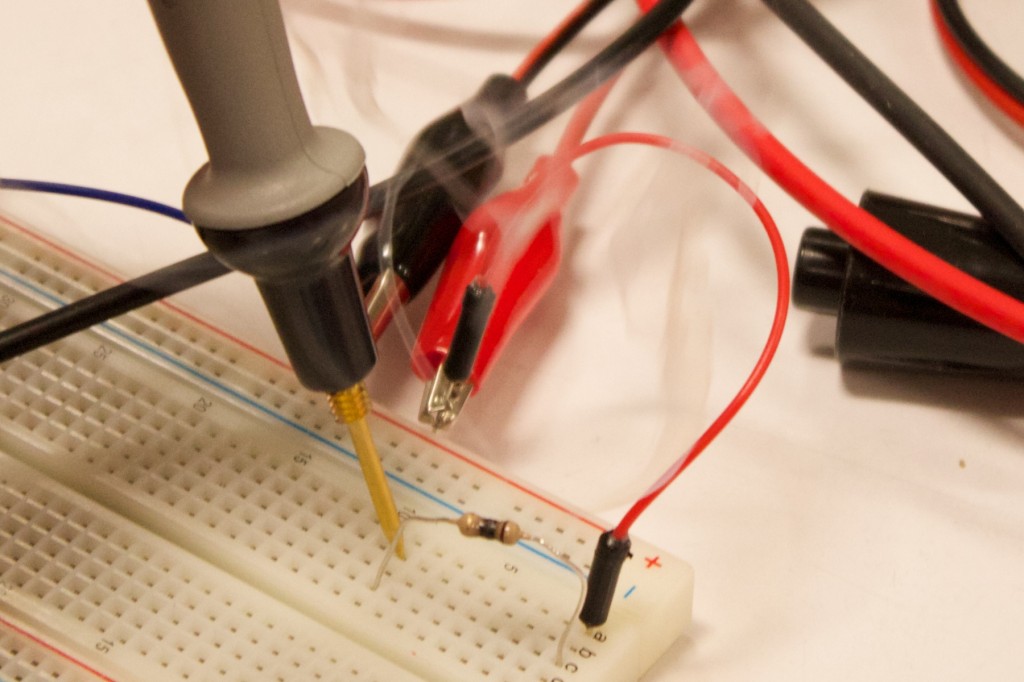 Smoking! Agenda
- house rules
- see notes from day one
- visits
- quick poll
- new groups
- continue on 1.a.i, start on 1.a.ii
Please be sure to:
- make an account on this site (user your andrew email, make up a user name, choose real or fake first and last name)
- submit your information to Zack’s
temporary facilities web site IDEATE facilities web site
- review the
facilities user agreement facilities user agreement
Review
The modular illuminance sensors for the transducers exercise are brand-new and will need the three-pin connector soldered on. I gave a few quick soldering lessons, please teach each other and watch tutorials.
My essential soldering tips:
- Lead is poisonous: wash your hands afterwards.
- Turn on the fan to absorb the rosin fumes.
- Put a little water on the sponge.
- Melt a little solder on the tip to “tin” it.
- Use the sponge to clean off excess solder and flux from the tip.
- Soldering is all about heat, oxides, and surface tension: the rosin flux vaporizes in the heat and removes oxides so the solder can wet the metal; the melted solder wicks into the freshly cleaned gaps.
- Heat the joint with the iron; let the hot joint melt the solder. The solder is applied to the joint, not the tip.
- Look for a shiny, symmetrical meniscus of solder when you’re done.
Please remember that Google and the entire internet is always at your fingertips to answer factual questions.
Apparently our RGB LEDs are common-anode (determined empirically). The longest lead is the common.
Move through the exercises as fast as possible; you’ll want to spend time on the first project, due Sep. 10.
|

